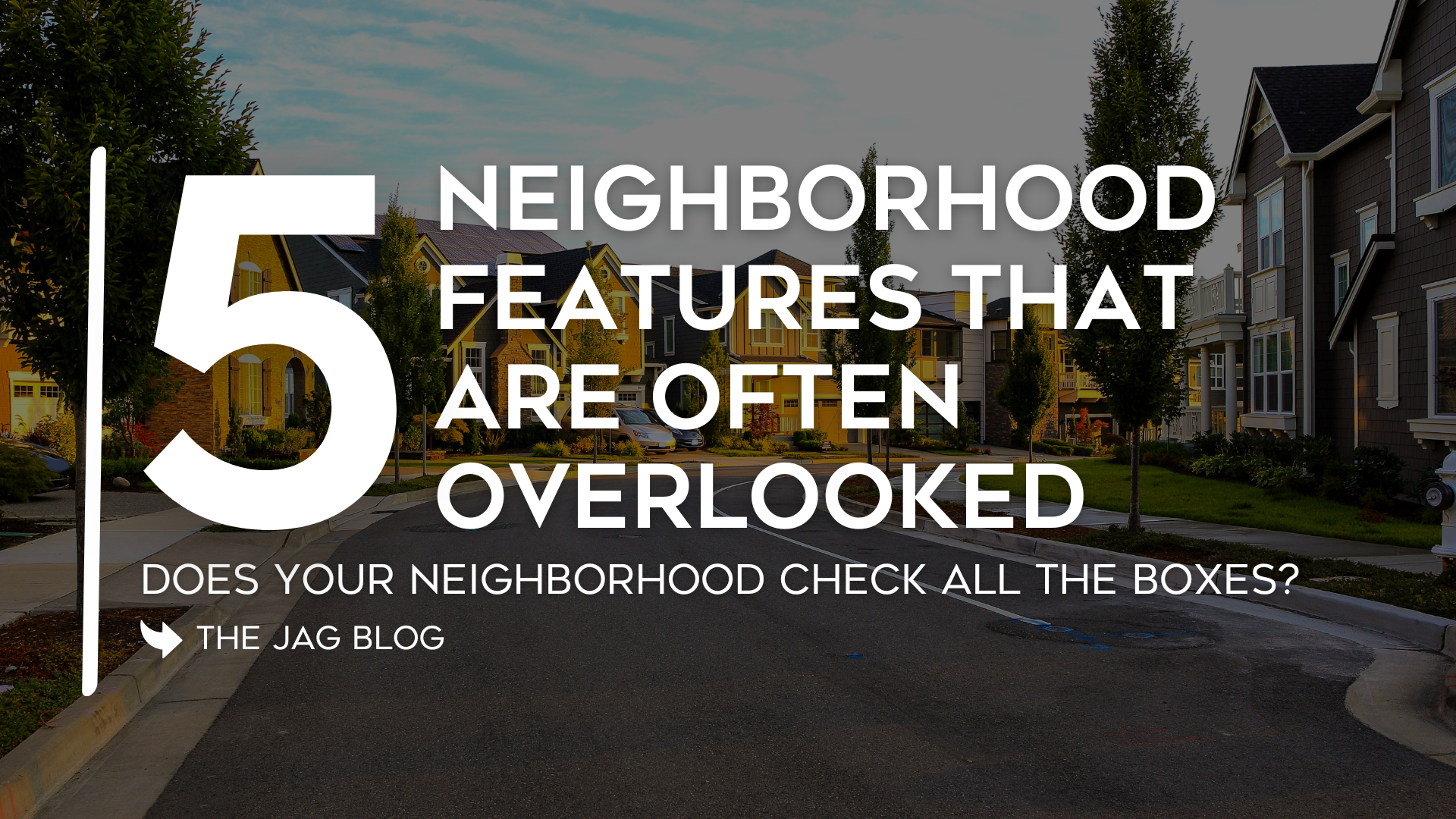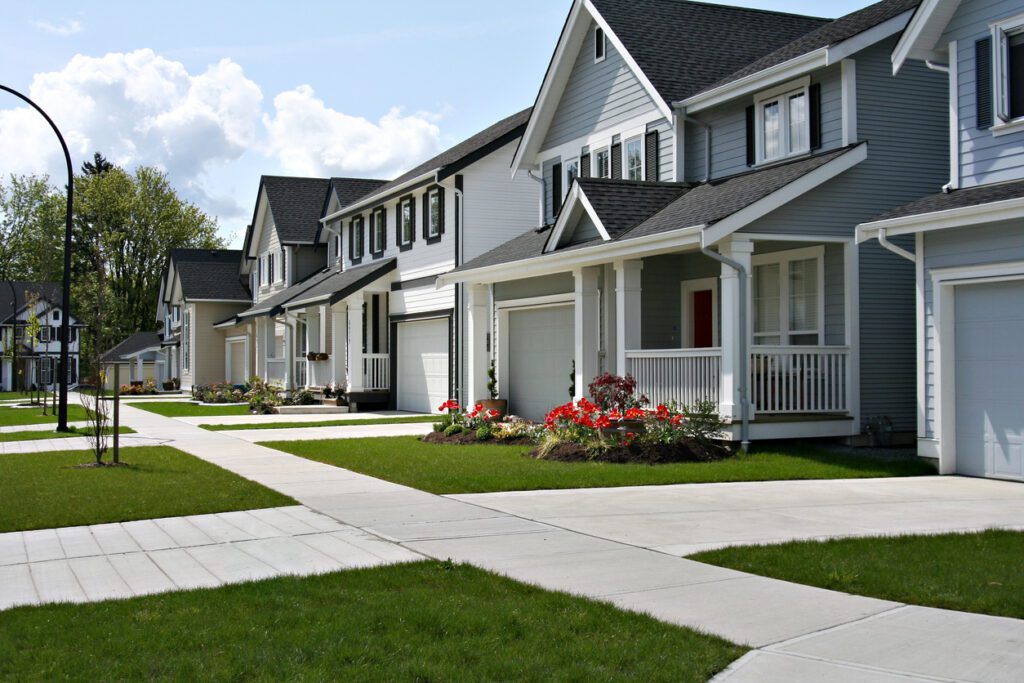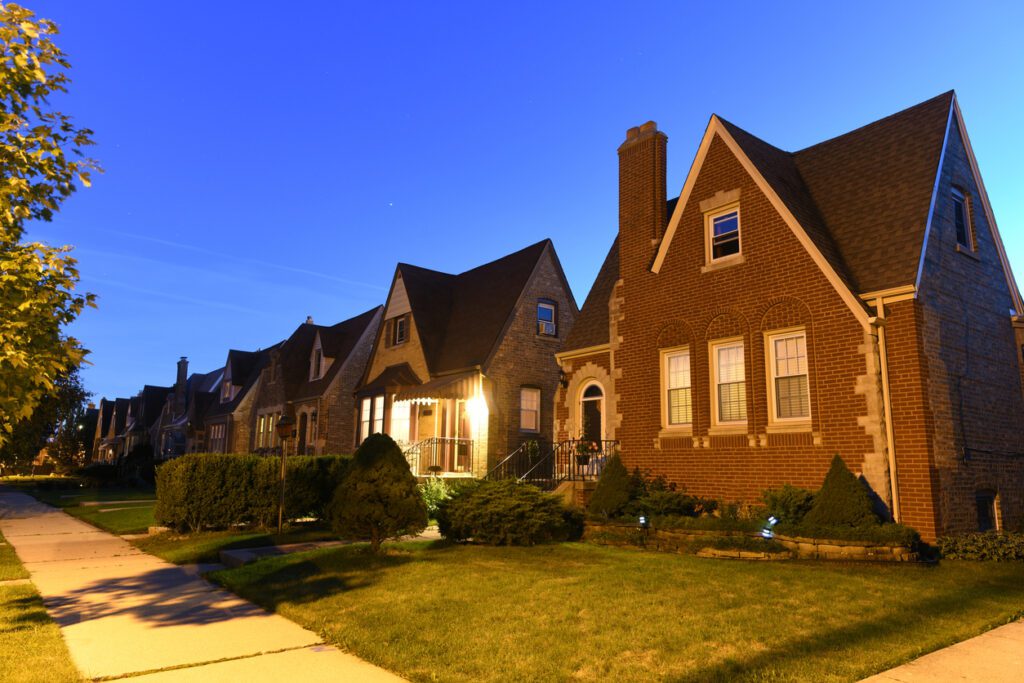5 neighborhood qualities you shouldn’t overlook when buying a home

When people start shopping for a home, they often tend to daydream about the specific type of home they want to buy. They build a wish list, including the must-haves and nice-to-haves that drive the types of homes they want to view. And while it’s incredibly important to approach home buying with this type of up-front knowledge, there is often another important piece that’s sometimes overlooked in a home search: the neighborhood.
A neighborhood may spark your interest or, on the surface, match what you’re looking for. But before you choose a home based on what you saw on your tour of homes, make sure to do some deeper digging to find out if the neighborhood is right, too.
The following recommendations can help you think more deeply about the neighborhoods you’re touring and whether they are right for your needs. Be sure to explore these neighborhood qualities before you make an offer on a home.


What is the character of the neighborhood?
It can be hard to get a sense of how the neighborhood functions on a broader scale, especially if you’re touring homes during the middle of the day. It’s a good idea to spend time in the neighborhood so you can get a sense of its character. Be sure to walk the neighborhood at different times of the day to see what’s happening while you’re there. You’ll want to ask yourself what type of atmosphere you want in a home to weigh what it offers.
As you’re exploring the neighborhood, watch to see if families are spending time outside. Check to see if there are families who seem to match your energy. For example, if you have young kids, look to see if other kids are outside playing. Are there people outside chatting with each other? Do they seem friendly? You may even want to do some digging to find out if there’s an organized group that represents the neighborhood and supports events that bring people together. If you’re looking for a dynamic neighborhood and the one you choose doesn’t deliver, you may be disappointed in the future.
Where are the nearby amenities?
People tend to look for the things that are close by that they know they’ll need, such as grocery stores and gyms. But ask yourself what else might be beneficial for you in a neighborhood. Things like parks, proximity to shopping, dining, and schools, as well as closeness to a local library or swimming pool, may make a big difference in your chosen community.
Be thinking about what you’d like from your neighborhood. If you’re looking for walkable streets or paths, you may want to explore the sidewalks to see if they are well-maintained. If you want walking trails or a dog park close by for a pet, check for how close those things might be. Look for what’s important to you and get a sense of what it would take to get to the spots you want to frequent. It may make a big difference in where you end up.
Are there HOA conditions, covenants, and restrictions?
It’s not uncommon for people who buy homes governed by a homeowners association (HOA) not to be aware of some of the community’s bylaws. You’ll receive a copy of these bylaws when you purchase your home. But you want to understand the conditions, covenants, and restrictions (CC&Rs) that regulate what you can do with your property.
Some HOAs are less stringent than others. For example, some HOAs are set up to help cover the costs of shared outdoor maintenance. But some may have restrictions on everything from paint colors on the exterior of your home to the type of fencing you can use to what your garbage can looks like. Make sure you know if there’s an HOA and if they have CC&Rs you should be aware of before you choose your next home.
What does a commute look like?
It’s easy to map out a commute to see if your potential home is within a comfortable distance from where you’re looking to live. But there’s a difference between knowing the distance and understanding what your commute might look like. Take the time to explore what your morning and evening drive might be like.
Once you spend a morning trying to get out of your future neighborhood and seeing what traffic is like, you may have better insights into what your experience may be like. You may even want to see if there are better commuter options if the drive ends up being more stressful than you originally thought. However, it may be able to give you better insights into what your day-to-day might look like.
What does it look like at night?
While you’re exploring the neighborhood at different times of the day, don’t forget to stop by at night to see what might be happening when the sun is down. Your neighborhood may wind down — or wind up, depending upon the location — and either way, you’ll want to know what to expect.
For example, if you want to live near a college campus, you may quickly realize there are a lot of students who live in the neighborhood. If you spot late-night parties but you have young kids, it may not be the right spot for you. If you see it’s a quiet community where neighbors keep their porch lights off, but you’d like to enjoy socializing on your back porch at night, you may want to do some digging to find out if you’ll be too loud for your neighbors.


Is there a potential for future development?
It’s easy to focus on what a neighborhood looks like today as you’re searching for your new home. But what might the community look like further down the road? Be aware that things might drastically change in the future, and if you plan on being there for the long term, it could affect where you live.
The Triangle currently has numerous projects underway that may influence where you choose to live. You may want to catch up on local news or visit city planning offices to see if there’s anything in the pipeline that could change the aesthetic of your neighborhood. Understanding these city-level projects may help you make a more informed decision.
The bottom line
Once you have a deeper understanding of the intricacies of the neighborhoods where the homes you love are located, it can help you make a more informed decision about where you want to live. While you’re focusing on the quality of the home, don’t forget that your neighborhood qualities may be just as important.


